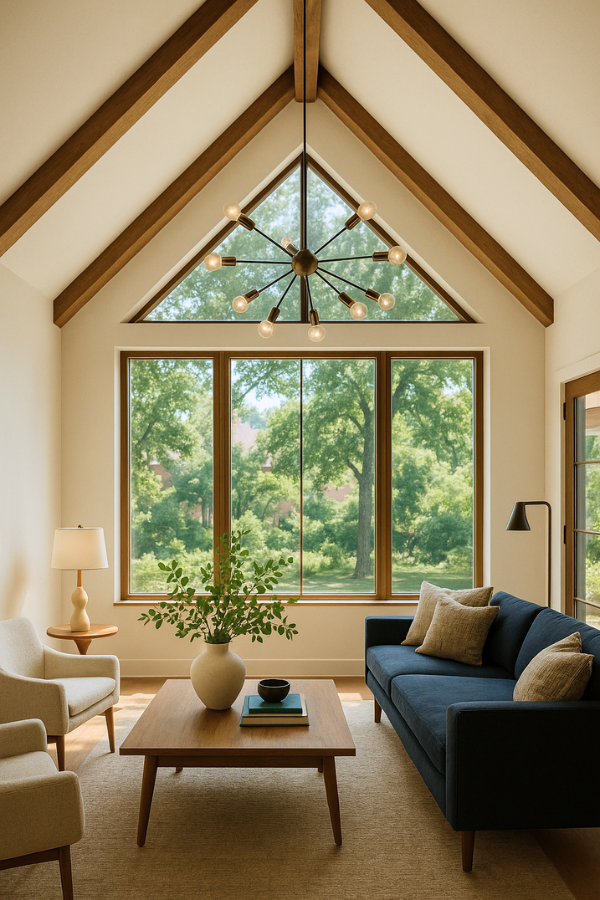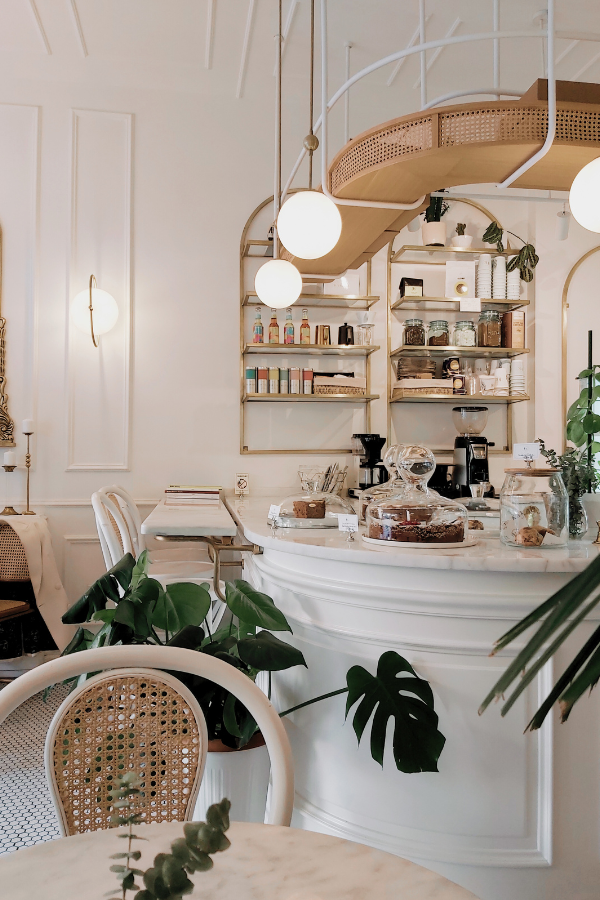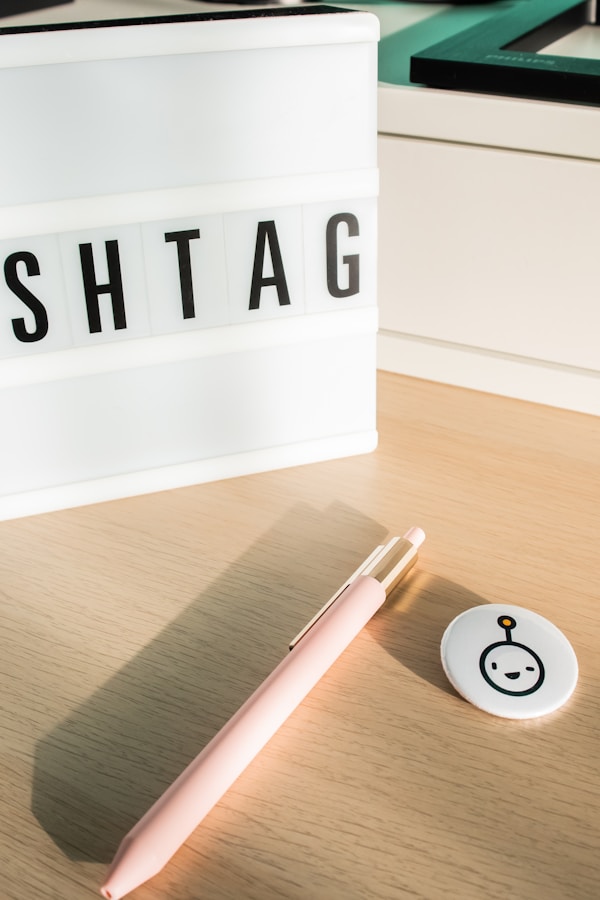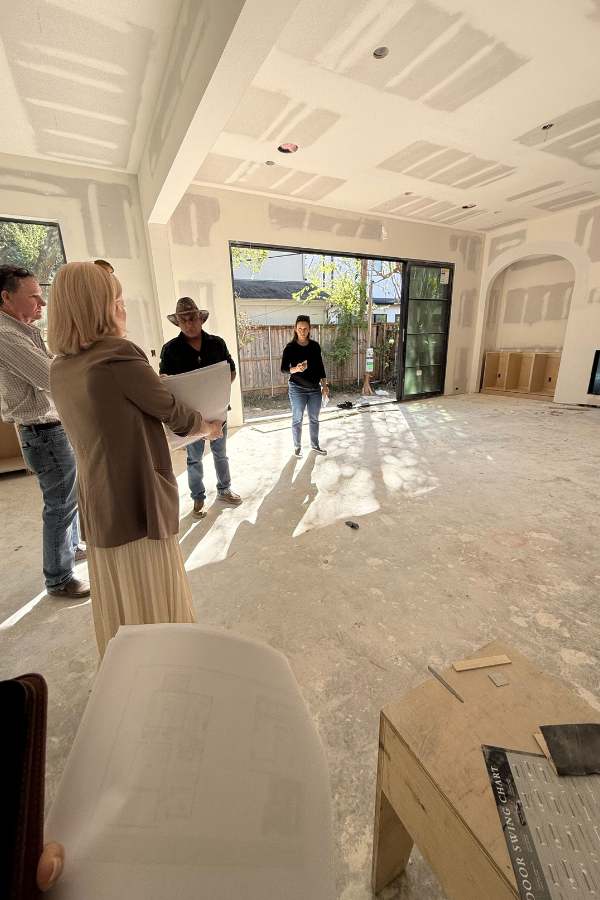
Design Firm Friday: What to Do If You Lose a Key Team Member Suddenly
Summary
Losing a key team member mid-project is a tough but inevitable part of running an interior design business. Whether the exit is sudden or well-communicated, your firm’s ability to adapt comes down to the systems, culture, and communication structures you’ve built. From open dialogue and professional development to transition planning and client continuity, this guide walks through what to do before, during, and after a team member leaves. It’s not about preventing change—it’s about leading through it.
Reflection Questions
If a senior team member left tomorrow, what parts of your firm would be most vulnerable?
(Think client communication, design continuity, workload distribution.)
Do your current systems encourage team members to speak up before burnout or frustration sets in?
(Are regular check-ins, exit interviews, or growth conversations part of your process?)
When someone leaves, how much of their knowledge or process leaves with them?
(Do you have documentation, cross-training, or shared client visibility in place?)
Journal Prompt
Think back to the last time someone left your team—whether abruptly or with notice. What did that experience reveal about your firm’s structure, culture, or leadership style? What would you do differently now to ease the transition for your team, your clients, and yourself?
This is one unfortunate reality that no one wants to talk about, but every interior design firm, large or small, eventually faces it. A trusted designer or practiced procurement agent leaves in the middle of a major project. Whether they’re recruited by another firm, taking a break from the industry, or launching a solo venture, their departure can feel like a rug pulled out from under the entire studio.
While it might activate your fight-or-flight response, this doesn’t have to be a crisis. With the right contracts, communication strategy, and internal protocols, you can handle a team member’s exit with minimal disruption to your clients—and your vision.
Below, we outline how we navigate losing an important team member and how you might rethink your own systems if this occurs at your firm.
Why Key Team Members Leave
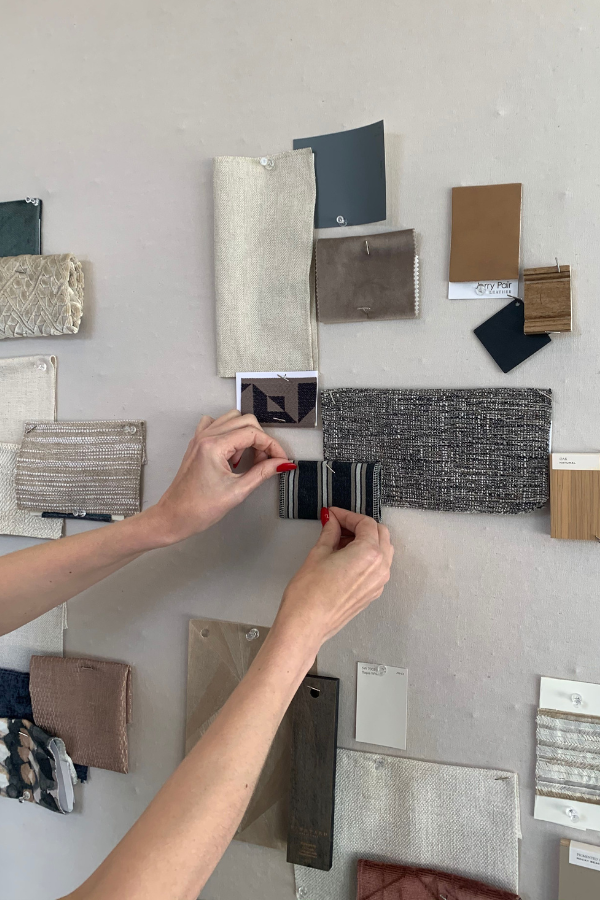
According to a recent report from Business.com, top reasons employees quit include burnout, lack of career advancement, poor company culture, and feeling undervalued. Designers—especially those juggling creative direction, client relationships, and production logistics—are particularly vulnerable to this kind of stress and stagnation.
In our experience, many of these exits don’t come out of nowhere. People grow, shift, or seek change, but sudden exits often happen when leadership isn’t tuned into those signs early. Designers may feel disengaged, under-appreciated, or overloaded, and rather than raise concerns, they quietly plan their next move.
Some transitions are months in the making. Others happen fast. Still, there are ways to reduce the risk of a sudden goodbye.
Keep Communication Open
Designers are more likely to stay—or at least give notice well in advance—when they feel seen, heard, and supported.
Open communication shouldn’t only happen during annual reviews. You need to show up for your employees in small ways, too; for example, schedule a mid-week check-in about workload, send a Slack message asking how a difficult client meeting went, make time for a one-on-one to talk about long-term goals. These conversations help surface issues early before frustration turns into a surprise resignation.
More importantly, they foster trust. And when designers trust you, they’re more likely to loop you in on their plans rather than blindside the team.
Invest in Professional Development
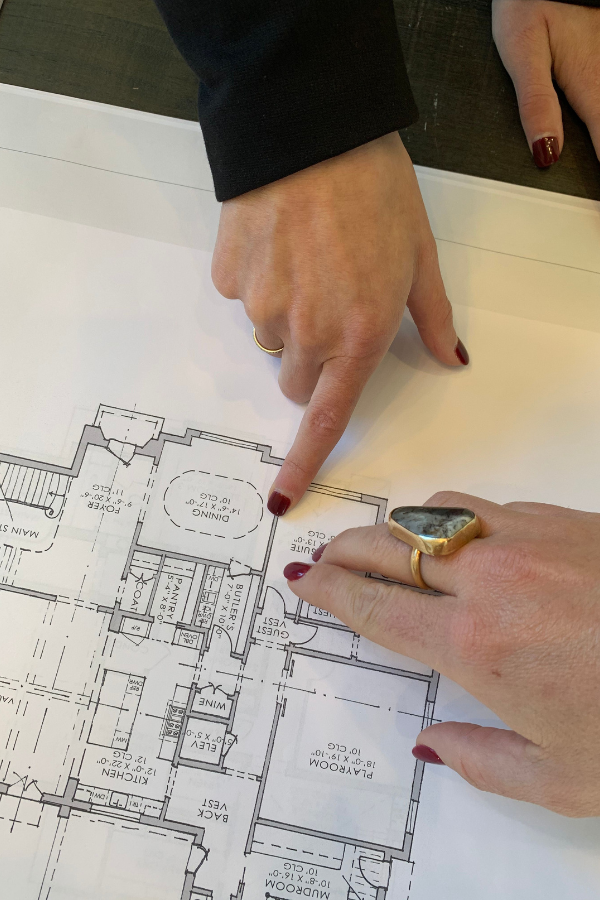
Designers who don’t see a future at your firm will build one somewhere else. Growth doesn’t always mean a promotion. It might mean leading a new project type, speaking on a panel, managing junior designers, or getting certified in project management. Whatever form it takes, offering opportunities to grow within your firm gives people a reason to stay.
Set clear expectations around advancement and ask your team what “progress” looks like to them. One designer might want more client interaction. Another might want to hone technical skills. When you invest in their trajectory, they see you as a part of their long-term plan instead of a stepping stone to the next job.
Be Transparent About Expectations and Workload
Burnout is one of the most common reasons designers leave—and it rarely comes from one intense week. It builds over time.
A packed calendar, unclear expectations, and the pressure to “just figure it out” can turn even your best designer into someone who wants out. You can’t prevent every stressor, but you can check in consistently and offer clarity around workload.
That might mean doing monthly audits of everyone’s task list. Or creating a culture where it’s okay to say, “I’m at capacity.” This also means being clear about what’s expected in a 40-hour week and not quietly rewarding those who work 60.
Foster Culture Intentionally
Culture is so much more than team lunches and birthday cards. It’s how your studio handles stress, gives feedback, shares wins, and respects boundaries.
The truth is that people rarely leave solely for more money. They leave for environments where they feel more aligned—whether that’s with leadership style, creative process, or flexibility.
Instead of trying to make everyone fit your mold, ask what kind of firm culture you want to create and who thrives in it. Then build around that. If you value collaboration, don’t reward siloed work. If you value creativity, make space for experimentation.
Culture isn’t built by accident. It is shaped by every hire, every policy, every tone you set.
What to Do When They Leave

Team members come and go. Some leave abruptly, others linger helpfully. The constant here is your firm’s ability to absorb change, protect client experience, and maintain design continuity. With proper planning, a sudden goodbye doesn’t have to disrupt and a long goodbye doesn’t have to mean dysfunction.
When They Leave Without Notice
Sometimes, team members do just leave. A designer might resign with a week’s notice—or none at all. Maybe they’re burned out. Maybe they’ve taken another offer. Maybe personal circumstances pushed them to make a sudden change. Whatever the reason, it’s disruptive, but it’s not unmanageable.
The first step is to not take it too personally, which we know is far easier said than done. As Business.com outlines, reasons for leaving often go beyond the workplace—burnout, compensation, poor work-life balance, or simply needing something different. That doesn’t always mean you failed as a leader, but it does mean there’s work to do to ensure the next departure is handled better. Let’s explore.
Pause and document
Gather all files, notes, and open items from the departing designer’s workload. Look at timelines, deliverables, and client expectations. What’s missing? What’s next?
Communicate quickly
Loop in clients to reassure them of continuity. Emphasize the team approach: “Our studio will continue to lead your project seamlessly with [new point of contact].”
Redistribute responsibly
Assign project roles internally for the short term, keeping in mind bandwidth and morale. If you shift tasks to existing team members, make sure it’s not a long-term solution disguised as a stopgap.
Review the breakdown
After the dust settles, take time to assess what led to the sudden exit. Was it stress? Lack of flexibility? Poor cultural fit? Use it to improve your onboarding, management, or feedback structure moving forward.
When They Give Generous Notice

Three months’ notice may seem like a gift, especially in a service business like interior design. But as Sean Low points out in his Business of Home column, that extra time can blur boundaries and create confusion—for the team, the departing employee, and the clients they serve.
Given that, what should you do when someone gives you more notice than expected?
Don’t become a martyr for generosity
Supporting a designer’s next chapter is admirable, but do not do it at the cost of your firm’s functionality. As Sean Low puts it, “The thing about martyrs is that they only become saints when they are dead.” If a long notice period creates stress or uncertainty, you’re allowed to set a different timeline.
Decide what’s best for the business
If it’s easier to transition a team member out in four weeks instead of twelve, do that. If you want them to stay to wrap a specific phase of a project, set clear milestones and end dates. Don’t be held hostage by an arbitrary calendar.
Clarify roles immediately
Let clients and team members know when the transition begins and what to expect. This avoids a “ghosting in slow motion” scenario, where a departing designer is still present but less involved, leading to confusion and potential delays.
Use the overlap strategically
Have the departing employee document everything from vendors and selections to project-specific nuances. Introduce the next designer to clients while the outgoing team member is still present to ease the handoff. Active continuity is incredibly important.
Reassess your firm model
As Low suggests, a sudden disruption may signal that you’re running a pseudo-brokerage, where individuals operate semi-independently under your umbrella. That’s fine if intentional. But if your goal is a cohesive firm where no one person is irreplaceable, now’s the time to build tighter systems, clearer roles, and team-based processes.
Laura U Design Collective COO & DesignDash Co-Founder Melissa Grove Answers Your FAQs

Are designers on contracts?
They can be. Most of our designers are full-time, but working with contracted designers is commonplace for smaller firms just starting to grow. I will say that the seasonal nature of interior design lends itself really well to contracting, but it works best for specific skills, like drafting and other production work. If you need a designer to go on-site and manage clients, it’s best to have them full-time so they are available.
Do they have to finish a project before leaving?
No. But again, this is why contracting with a designer for a specific need (exterior elevations, drafting, etc.) is preferable to having a client-facing designer on contract.
How does that work? Do they sign non-competes?
Everyone working for the firm signs a non-compete. However, we’ve had designers leave to start their own firms without enforcing it. What we do care about are the non-solicitation clauses (you cannot take other team members with you when you leave) and any clauses relating to intellectual property.
Any designs created for LUDC remain the property of LUDC. While former employees may use that work in their portfolios for interviewing, they may not use them on their websites and marketing materials.
How do you quickly replace a key team member on an ongoing project?
Laura and our directors are always in touch with clients, so if a senior or associate designer departs, the communication chain is unaffected. Now, if we were to lose a director, Laura would have to step in as main point-of-contact until a replacement can be made.
It might be someone already on the team or a new hire, depending on the workload. So if it’s someone already on the team, there’s minimal ramp up time. A new hire could take 4-6 weeks.
Do you have the right to iterate on their plans/designs when they leave?
Sure do. The plans and designs belong to the firm, not the individual designer.
Final Thoughts

Losing a key team member is rarely convenient, but it can be clarifying. Whether the departure is sudden or gracefully extended, this could be your chance to evaluate the systems, culture, and expectations that shape your firm. At Laura U Design Collective, we’ve learned that preparing for change is part of building a sustainable design business.
Clear contracts, strong communication, and thoughtful leadership not only protect the client experience but also strengthen the team that remains. When someone leaves, don’t panic, be curious, and then get organized. Turnover happens in design firms, but you can handle it.
Need perspective or another point of view? Join the community to ask and answer questions about the business of design.




